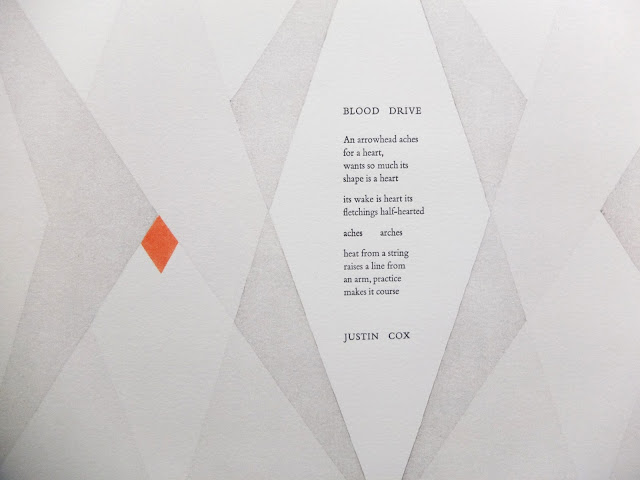This year, I have done a few collaborative projects but all along, have tried to spend to spend time now and again on this project and I refer to as Erosion, Sedimentation. It explores these two processes in the book form, so that as the reader pages through the book, they are physically causing erosion and sedimentation. The questions I have been asking myself through this project are many- how can one visually represent deep time? How can one physically cause processes of erosion and sedimentation? How does water shape land, and how does land shape water? Which is older? How can a book encapsulate all of this?
I started with a lot of natural dyeing. The main issue was, that I didn't really know who to naturally dye paper. So I started with learning how to dye. I loved the way the colour interacted with different fibers, and looked different on each type of paper. Luckily, Islamic-world papermaking practices taught me a lot about this. This is clove dye, layered with Indigo.
I think tried different variations on that theme- using the same handmade gampi consistently through the tests. I dyed when the clove was wet, when the clove was dry, and over-dipped with dyes, and left spaces to see what would happen. I am still in the process of figuring out what look I like the best, and what effectively communicates my idea- the slow processes that take place when water and soil meet.
Next, I wanted to layer physical erosion on to the pages. I decided to do this by cutting into each sheet, and layering them. I wasn't settled on the shapes, I just wanted to know how the paper would cut.
As the person would go through the book, they would be sedimenting on the verso, and eroding on the right.
I think decided to take an another related idea I had been working on about boundaries, and what our planet would look like if human beings hadn't literally taken a ruler and pencil and divided up continents like Africa. What would physical boundaries look like then? These are the shapes of the highest points on the planet, which will repeat themselves through the pages, slowly shifting, eroding, and building, depending on which way you read the book. It is still a work in slow progress...





